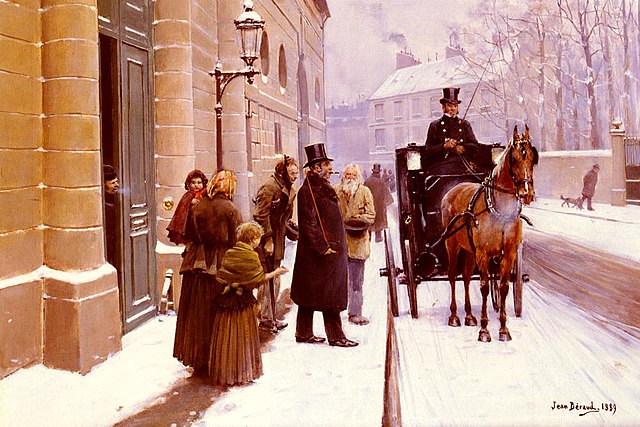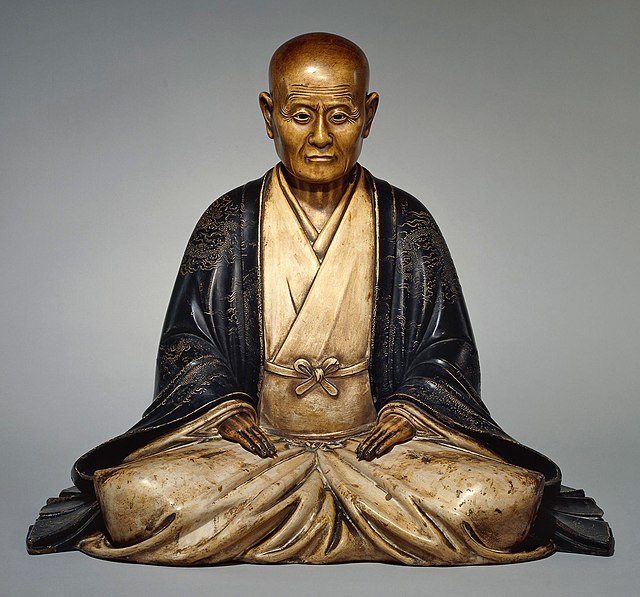The bourgeoisie are a class of business owners and merchants which emerged in the Late Middle Ages, originally as a "middle class" between peasantry and aristocracy. They are traditionally contrasted with the proletariat by their wealth, political power, and education, as well as their access to and control of cultural, social and financial capital.
La sortie du bourgeois, painted by Jean Béraud (1889)
The 16th-century German banker Jakob Fugger and his principal accountant, M. Schwarz, registering an entry to a ledger. The background shows a file cabinet indicating the European cities where the Fugger bank conducts business (1517).
Karl Marx
Clothing worn by ladies belonging to the bourgeoisie of Żywiec, Poland, 19th century (collection of the Żywiec City Museum)
The middle class refers to a class of people in the middle of a social hierarchy, often defined by occupation, income, education, or social status. The term has historically been associated with modernity, capitalism and political debate. Common definitions for the middle class range from the middle fifth of individuals on a nation's income ladder, to everyone but the poorest and wealthiest 20%. Theories like "Paradox of Interest" use decile groups and wealth distribution data to determine the size and wealth share of the middle class.
Sculpture of a chōnin, a middle class of mainly merchants that emerged in Japan during the Edo period. Early 18th century.





